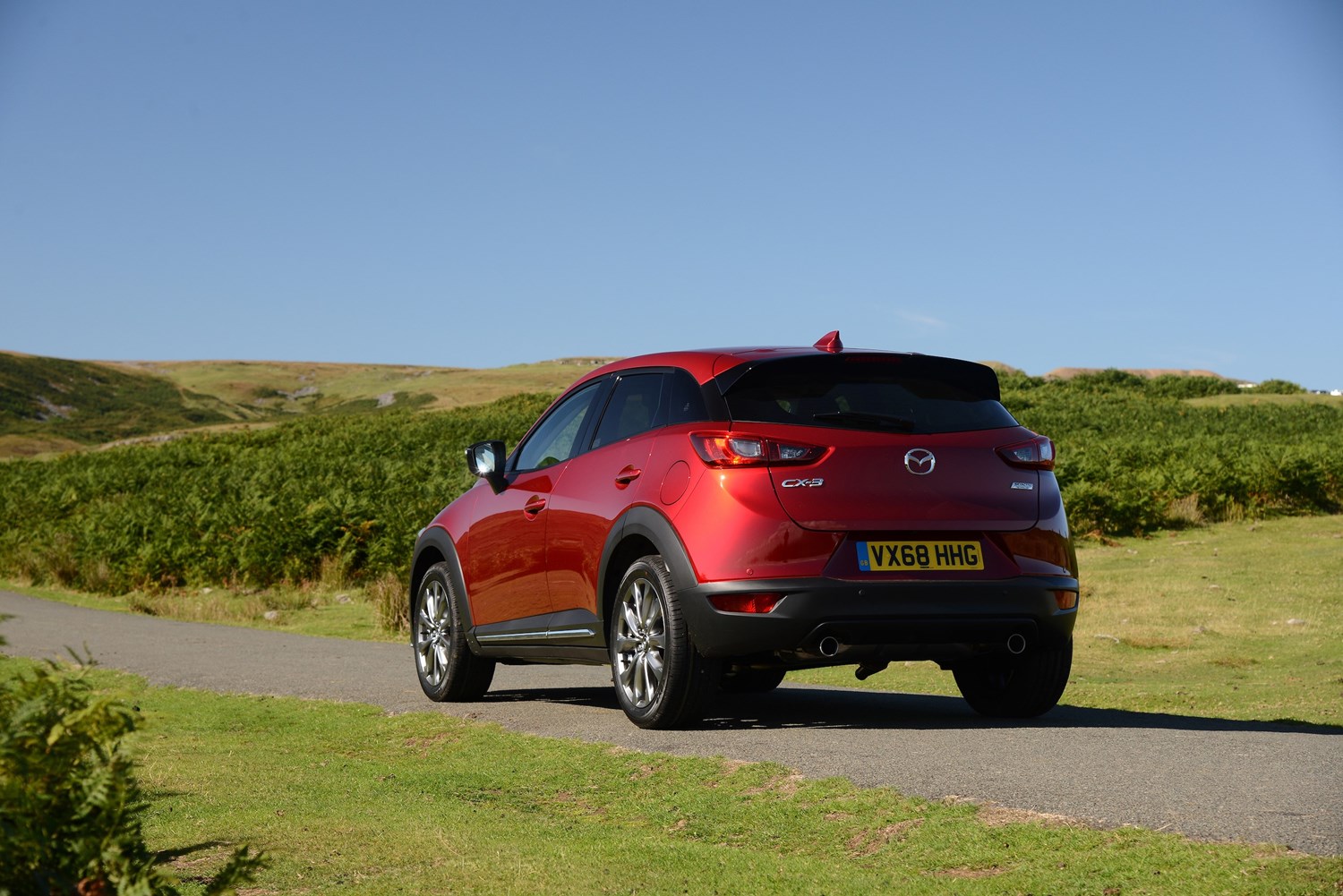Latest model
Despite constant model year updates, Mazda gave the CX-3 more of a comprehensive refresh in 2018. Key changes included the addition of a new 1.8-litre diesel model, along with light styling changes – such as a revised grille and different trim.
It was arguably inside where you’d notice the biggest differences, though, with the updated CX-3 gaining an electric parking brake, while the ergonomics improved thanks to a revised layout. The seats also provide greater comfort, while thicker sound insulation improves refinement, too. Mazda would introduce a limited-run GT Sport Nav+ model in 2019 – bringing red Nappa leather seats, standard metallic paint and new silver-coloured accents.
However, with Mazda introducing a new CX-30 crossover at the start of 2020, this would all but replace the smaller CX-3, which was quietly removed from sale in 2019 – just a year after it was updated.
Value for money
The CX-3 was always pitched as one of the pricier cars in the compact SUV segment, with models available from £18,995 when the last update launched in 2018. That’s a few thousand more than what you’d pay for a Nissan Juke or Peugeot 2008 at the time, too.
That said, it holds its value pretty well, and even a high-spec early 2015 car with around 40,000 miles on the clock would still set you back around £10,000. Meanwhile if you fancy a later revised 2018 car, at the time of writing you could still expect to need to stump up £14,000 for one of these.
Standard kit is generous however, with all 2018 models coming with cruise control, a media system with Apple CarPlay, air conditioning and alloy wheels.
Looks and image
Up until the CX-3 arrived, it’s safe to say the crossover class was lacking a sporty-looking model in this segment. But with the arrival of this Mazda, it helped to inject extra flair into this market, with its bold styling, large alloy wheels and sleek almost coupe-like design going a long way. Whether you choose a pre- or post-facelift model, you’ll be treated to a very stylish crossover.
The CX-3’s cabin was one of the best around when it debuted, and it remains a very nice place to be, even by modern class standards. Soft-touch plastics are used across the cabin, while the seven-inch media system is very simple to use, and includes all the key features that it needs to – smartphone mirroring and satellite navigation, for example.
Another strength of the CX-3 is the way it drives, as it’s one of the best compact crossovers behind the wheel – feeling agile, grippy and light. In fact, because it’s quite low for a car of this type, it behaves in a similar fashion to a normal hatchback. That said, its sportier stance isn’t compromised by a firm ride - quite the opposite in fact.





